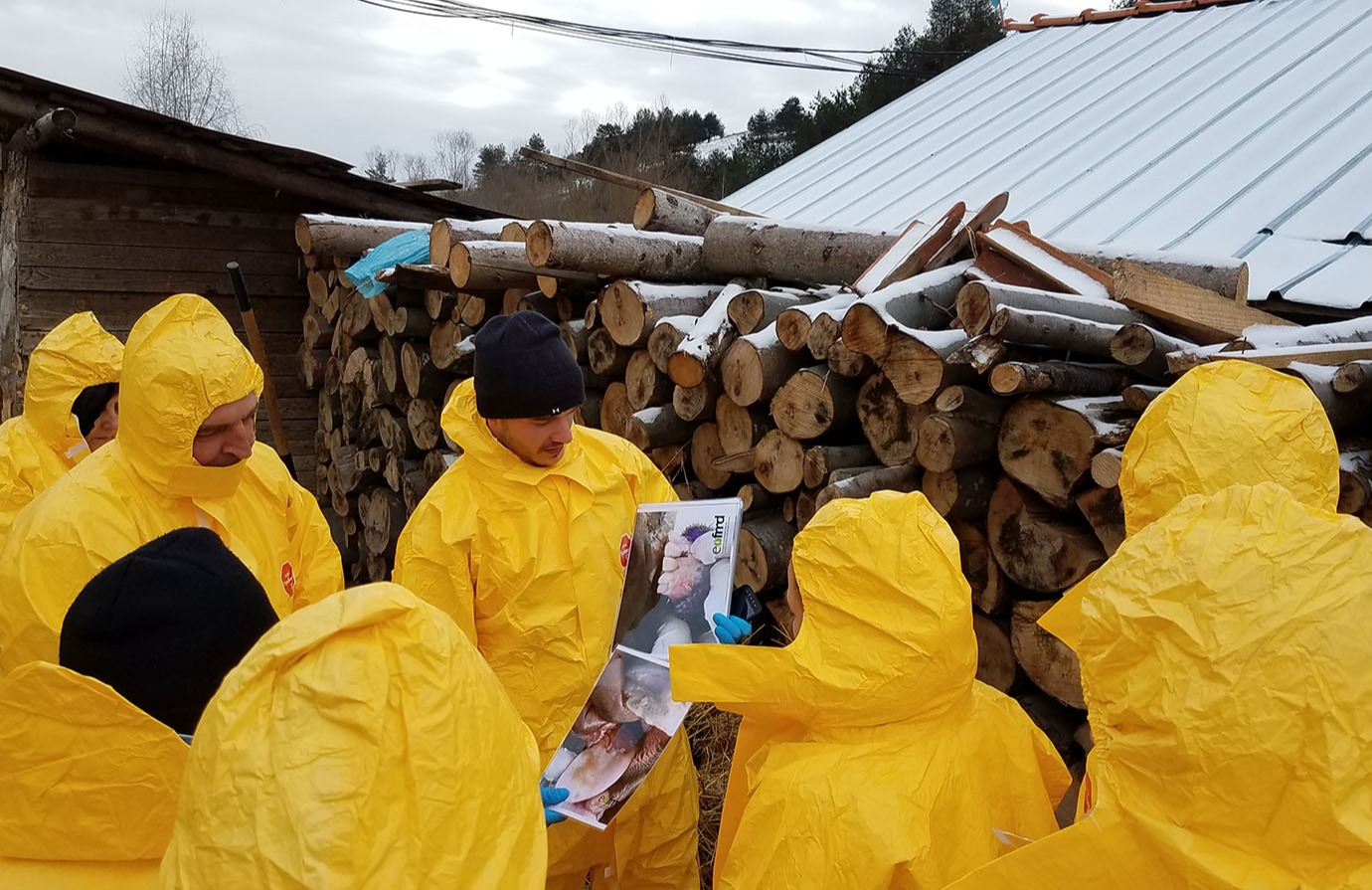Topic outline
This course introduces simulation exercises as part of preparedness for animal disease emergencies. It explains the processes involved in planning, conducting and evaluating simulation exercises. It also describes the various tools, approaches and strategies to support decision-making, as well as the different phases of an exercise.



This course is designed for a range of stakeholders with an interest in learning about animal health emergency preparedness and planning, including:
- Contingency planners.
- Risk managers and risk communication officers.
- Official veterinary staff and veterinarians.
- Emergency services and municipal representatives.
- Importance of simulation exercises and the purposes for which they can be used.
- Purpose and key components of a needs-based, multi-year exercise plan.
- Importance of a concept note in defining the aim and objectives before proceeding with further planning.
- Scenario documents required for a small tabletop exercise or drill.
- How to conduct a small tabletop exercise or drill.
The course consists of 7 lessons, ranging from approximately 20 to 40 minutes duration each:
- Lesson 1 - Introduction to simulation exercises
- Lesson 2 - The process
- Lesson 3 - The concept note
- Lesson 4 - Planning the scenario and other documents
- Lesson 5 - Exercise logistics and conduct
- Lesson 6 - Evaluating an exercise
- Lesson 7 - Exercise types
The online version of this course runs on the latest versions of the major browsers, such as Google Chrome, Microsoft Edge, Mozilla Firefox and Apple Safari.
The downloadable version only runs on Windows PC’s and no additional software is needed.
Digital certification
This course offers certification. You will get your digital badge upon passing a final exam after completing the course and achieving a grade of at least 75%. Please click on the button below to complete the exam, or refer to our Certification section to learn more.
Evaluate this course
We would be pleased to receive your evaluation of this course, to support us in improving future e-learning courses. Please click on the button below to answer the questions in the form. It should only take you a few minutes!
Partners

